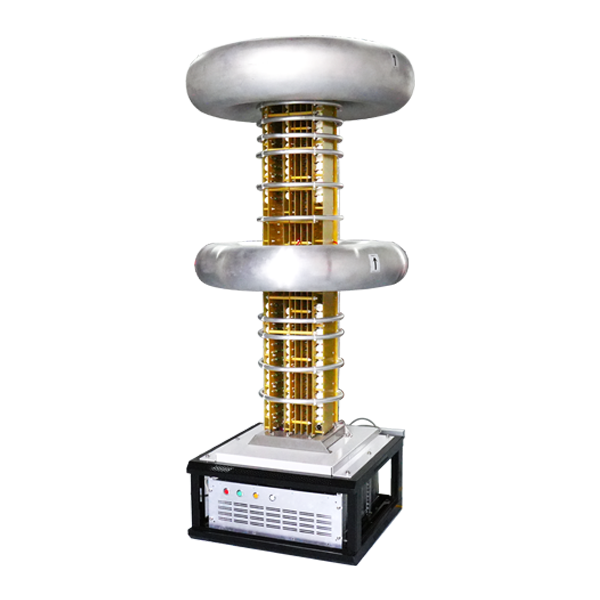High Voltage Pulse Power for Rapid Cable Fault Location
Abstract: Cable systems play a crucial role in modern society, serving purposes in power transmission, communication, and data transfer. However, cable faults can lead to system disruptions and result in significant economic and societal losses. Consequently, the rapid and accurate localization of cable faults is an urgent issue in the fields of electrical power and communication. This article introduces the application of high voltage pulse power in cable fault location, emphasizing its pivotal role in enhancing localization efficiency and precision.
Introduction
Cable systems are a critical component in electricity transmission, communication, and data transfer, and their reliability is paramount for the proper functioning of modern society. Nonetheless, cable faults are inevitable, arising from causes such as cable aging, external damage, or manufacturing defects. Cable faults not only cause system disruptions but also result in substantial losses in areas such as production, communication, and emergency services. Therefore, the rapid localization of cable faults is an urgent concern in the electrical power and communication industries.
Traditional cable fault location methods are typically based on reflection principles and employ techniques such as Time Domain Reflectometry (TDR) or Frequency Domain Reflectometry (FDR). Nevertheless, these methods have certain limitations in practical application, such as the inability to accurately identify partial discharge faults and fault points in underground cables. To overcome these limitations, high voltage pulse power is introduced into cable fault location to improve efficiency and accuracy.
Principles of High Voltage Pulse Power
High voltage pulse power is a device capable of generating high-energy pulse voltages, characterized by high peak voltage and rapid rise times. This high-energy pulse voltage is used to excite partial discharge phenomena within the cable. When there are fault points within the cable, such as partial discharge, insulation breakdown, or other faults, these fault points cause reflection or distortion in the voltage waveform. By analyzing the reflected waveforms, the location and nature of the fault points can be determined.
Applications of High Voltage Pulse Power in Cable Fault Location
1. High Resolution: High voltage pulse power produces pulse voltages with exceptionally high resolution, allowing for the detection of weak reflected signals and accurate localization of fault points. This is particularly crucial for pinpointing minor faults in underground cables.
2. Broad Spectrum: The pulse signals generated by high voltage pulse power typically have a wide frequency spectrum, enabling the identification of different types of faults, including partial discharge, insulation breakdown, short circuits, and more. This aids engineers in obtaining a comprehensive understanding of the health status of cable systems.
3. Swift Response: High voltage pulse power can rapidly generate pulse signals, reducing the time required for fault location and minimizing system downtime. This is of utmost importance for the continuous operation of electrical power and communication systems.
4. Remote Operation: Some high voltage pulse power devices offer remote operation capabilities, allowing engineers to perform fault location from remote locations, thus reducing risks to personnel and equipment.
Conclusion
High voltage pulse power, as an advanced tool for cable fault location, provides an efficient and accurate method for quickly locating faults within cable systems. With features such as high resolution, broad spectrum, swift response, and remote operation, high voltage pulse power enhances the efficiency of cable fault location, reduces maintenance costs, and ensures the reliability and continuity of electrical power and communication systems. In the future, the application prospects of high voltage pulse power will continue to expand, bringing further innovation and progress to the field of cable fault location.




















